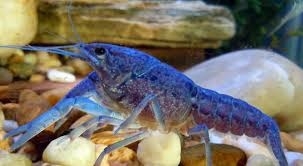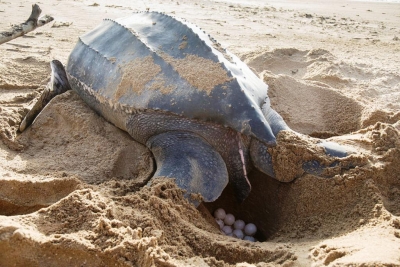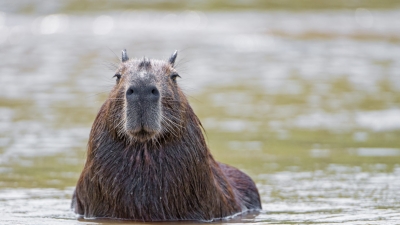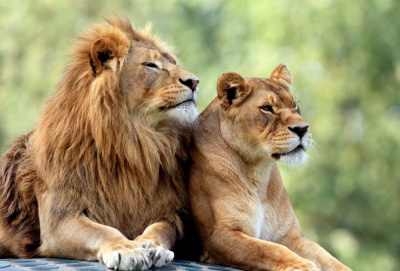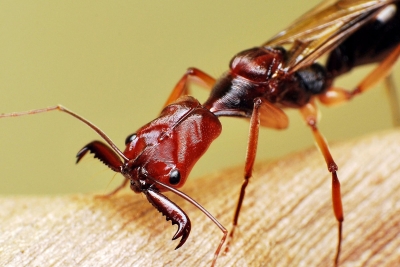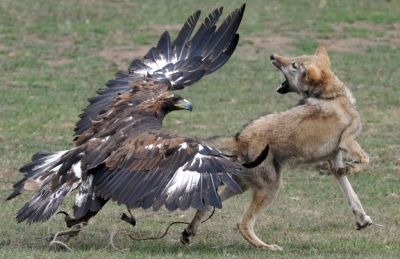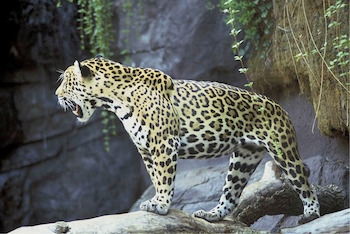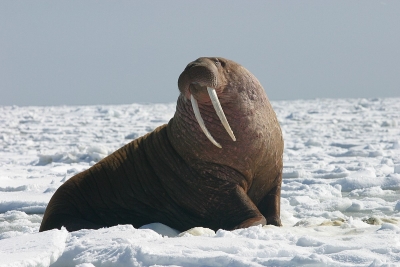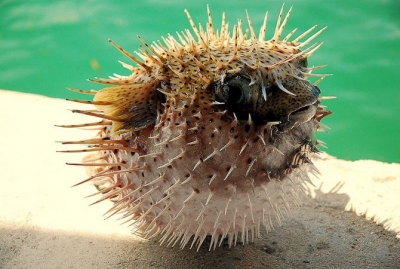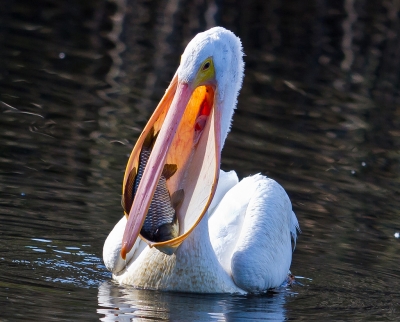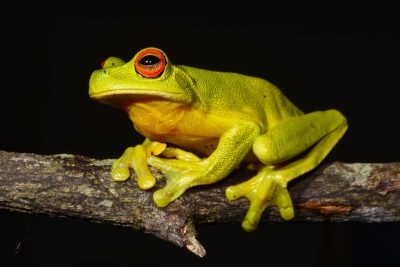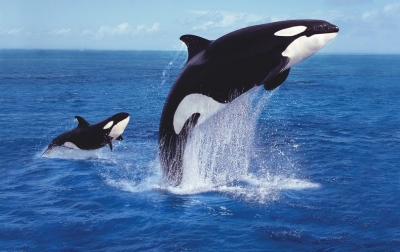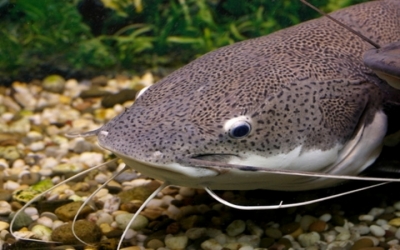What are the predators of plant kingdom?

These are plants with many tricks up their sleeve. These are plants that consume meat. In short, these are called carnivorous plants. They lure unsuspecting prey into their traps. They indulge in carnivorous behaviour to obtain much-needed nutrients that are not found in the soil. Insects, spiders, lizards, mice, rats, and other small vertebrates become their prey. Let's take a look at some of these meat eaters.
VENUS FLYTRAP
Here we have hinged traps built into each leaf of the plant. These hinged lobes have spiny tooth-like structures attached to them. There are hair-like projections called trichomes in the insides of the lobe and if a prey were to get into contact with these hairy structures, snap shut the lobes and the prey has been caught! The tooth-like structures that edge the lobes ensure that the prey cannot get out of the trap.
NEPENTHES RAJAH
The Nepenthes rajah is the largest carnivorous plant in the world. Its trap can grow up to 41 centimetres tall. Vertebrates and small mammals have fallen prey to this genus of camivorous pitcher plant. This plant is endemic to Borneo. Insects get attracted by the odour of the nectar and once inside the pitcher, they cannot escape as they fail to get a grip on the sticky walls of the pitcher. They then fall into the water in the pitcher and as they struggle, the digestive glands get stimulated and digestive acids are released. The Nepenthes rajah can even digest mice!
PITCHER PLANT
For the pitcher plant, its pitcher-shaped leaves form the trap. These pitfall traps are filled with digestive juices. The animals are lured by the nectar. The rims of the pitcher are slippery and the prey falls in and drowns in the digestive fluids. They are often seen growing in a range of habitats viz. from pine barrens to sandy coastal swamps. They normally grow in poor soil conditions and it is through their carnivorous behaviour that they get the much-needed nutrients such as phosphorus and nitrogen.
COBRA LILY
With its hooded pitcher-like leaves, this pitcher plant resembles a cobra. Even the purple-red appendages that the plant has resembles a set of fangs. The nectar glands attract insects and small animals to the mouth of the pitcher. The large tubular leaves of the plant trap water. This is the only species of its genus that do not produce its own digestive enzymes. Rather, it depends on bacteria to break down its prey. Once inside, there is no escape. The slippery walls and the downward-pointing hairs ensure this and the prey falls into the fluid at the bottom of the pitcher. The prey gets decomposed by microorganisms in the fluid. The plant is native to swamps in the mountainous regions of the USA.
BUTTERWORT
Butterwort is a carnivorous flowering plant that uses its sticky leaves to lure in insects and eventually trap and digest them. This plant releases its enzymes for digesting the prey whilst it holds the prey in its place with its sticky mucous.
Picture Credit : Google
